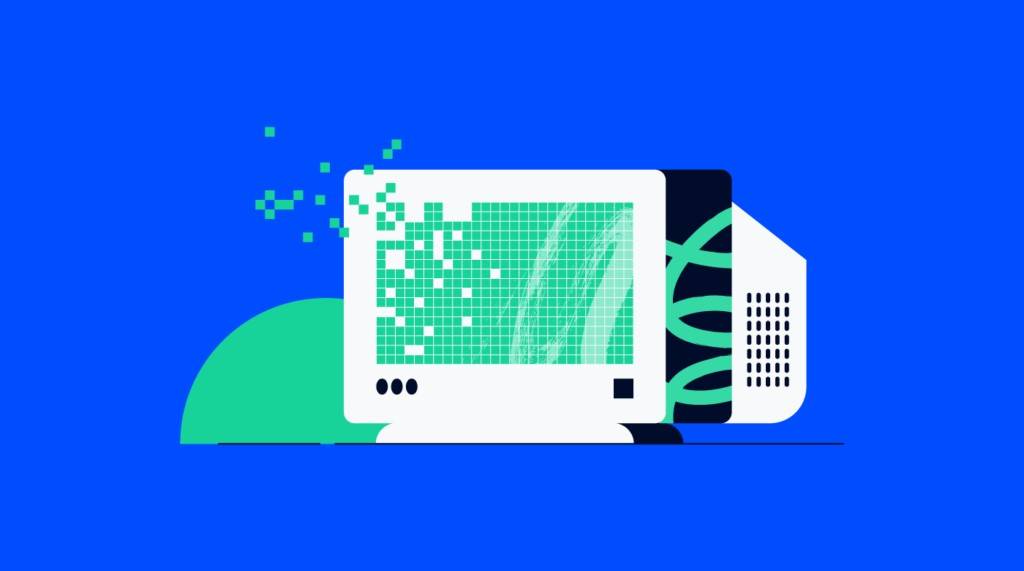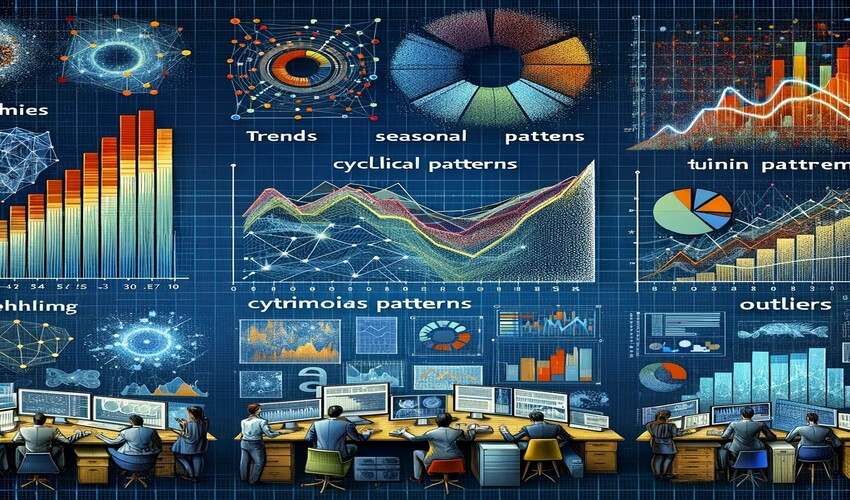Data integrity refers to the accuracy, completeness, and consistency of data. It also takes into consideration the safety of data concerning regulatory compliance and security. Maintaining data integrity is crucial to prevent data loss or breaches. This is facilitated by ensuring that data is complete and consistent throughout its lifecycle.
However, the integrity of data can be easily compromised during its collection process due to several reasons, such as the presence of corrupted data, human errors, and technical issues. Therefore, businesses should follow certain best practices to maintain data integrity during data extraction. What are these practices and why data integrity is crucial for businesses? Let’s understand the answers to these through this blog.
Why is data integrity crucial for businesses?
According to a study conducted by McKinsey, data-driven organizations are 23 times more likely to outperform their competitors. Organizations rely on data for all aspects of their businesses: research, analysis, marketing, content creation, and decision-making. The integrity of the dataset determines how well companies can fine-tune their processes, generate insights from the collected information, and improve their offerings to achieve better growth and results.
Factors affecting data integrity during data extraction
Data scraping is a crucial process for businesses to retrieve critical information from diverse web and offline sources. However, if not performed carefully, it can adversely affect the integrity of the data due to several factors, such as:
- Human errors
Several types of human errors can be introduced during the data collection process, affecting the integrity of the data in a number of ways. For instance,
- Collecting information from the wrong data fields can lead to inaccurate or incomplete data.
- Not adhering to data protection regulations like GDPR when collecting information can make companies liable for large penalties.
- Not adhering to data standardization rules can lead to data being inconsistent and difficult to use.
- Faulty data extraction tools
If the tools used for data extraction are not efficient or have technical glitches, the integrity of the data can be compromised. Furthermore, after collecting information from relevant sources, data can be lost during its transfer to the database. This can lead to errors in the collected data.
- Poor-quality data sources
If the data sources are unreliable, the collected information can be inaccurate, misleading, or outdated. When the integrity of the extracted data is compromised, businesses cannot rely on it for accurate analysis and decision-making.
- Security issues
Inadequate data security measures, such as unauthorized access or not using firewalls between the data source and database during the extraction process, can lead to malware attacks, data breaches & leaks, and potential modifications to confidential information. It can affect the reliability of the extracted dataset, making it less usable for businesses.
- Network or system errors
Outdated hardware, power outages, network disruptions, or slow internet connections can also affect the integrity of the data during its extraction. All these factors can lead to incomplete, missing, or corrupted information being collected during the data extraction process.
6 best practices to maintain data integrity during data extraction
To overcome the challenges involved in maintaining data integrity, which can arise due to the factors mentioned above, here are some best practices that businesses can follow.
- Set data standards and guidelines
To get accurate, reliable, and complete data, organizations need to establish clear guidelines for:
- Data collection: Determine what methods and techniques are to be followed for data extraction and entry.
- Data quality: Define rules for quality checks, data validation, and verification.
- Data standardization: Define the rules, codes, and formats to be used for standardization to maintain consistency in the records.
Additionally, provide extensive training to data extraction experts, so they can understand the scraping process, its importance, and the guidelines to follow to avoid human errors.
- Evaluate data sources
Before collecting data, evaluate the sources you wish to use for scraping to ensure you are collecting reliable and accurate information that meets your organization’s goals and quality standards. You can assess the utility of data sources for your business by following these tips:
- Check the credibility (reliability and reputation) of the data sources and what type of information is available on them.
- Check if the information available is the latest and updated.
- Check if the data source follows proper data governance practices, including privacy considerations and compliance with data protection regulations.
- Utilize data validation tools & techniques
To get consistent, reliable, complete, and accurate data, it is crucial to employ data validation techniques that include range checks, format checks, and consistency checks when extracting information from online and offline sources. These techniques help in identifying and fixing errors in data, ensuring its usability for diverse business purposes. You can utilize tools such as Soda SQL, Great Expectations, and DataCleaner to validate large amounts of data and fix errors quickly and efficiently.
- Rigorously monitor data quality
To ensure no data is lost during the extraction process, it is crucial to verify the extracted data against its source. We can check the collected data on the data-field level to ensure that the extracted information is complete and matches the data present in their respective sources. To monitor the quality of extracted data, you can utilize automated tools with a human-in-the-loop approach.
- Implement data security measures
To prevent data breaches, unauthorized access, and malware attacks during the data scraping process, businesses must take robust data security measures that include:
- Data encryption: Use data encryption methods to protect your information from unauthorized access when it is being collected or in transit. Data encryption ensures that even if the data is accessed by unauthorized users, it remains unreadable.
- VPN usage: If extracting data from sensitive sources, it is better to use VPNs and firewalls to protect your privacy.
- Logging and auditing: Use logs to track when data is added, edited, or deleted to identify any unauthorized usage or modification during extraction.
- Secure data transfer channels: Along with using VPN and firewall during data extraction, it is better to also use secure file transfer protocols, such as HTTPS and FTPS, to maintain your data integrity when it is in transit.
- Data backup: Keep backing up the data during the extraction process to avoid data loss due to power cuts or other technical glitches.
- Automate where possible
Automation makes the data scraping process more efficient, quick, and secure by reducing human efforts and errors (explained earlier in this guide). The automated tools for data extraction help in transforming unstructured or semi-structured data into structured information in an automated manner.
To automate the process, you can utilize reliable ETL (Extract, Transform, and Load) tools. These tools use pre-defined rules to extract data from relevant sources. This ensures that the data is accurate & reliable and its integrity is maintained during the extraction process.
ETL tools can be of many types, from open-source to cloud-based & enterprise-level. You can choose them based on your extraction requirements, use cases, and budget.
Key takeaway
Maintaining the integrity of your data is essential for accurate research, analysis, and decision-making. By following the best practices outlined in this article, you can ensure that the information you collect from diverse online and offline sources is reliable, complete, updated, and usable for your business.
Automated tools can be used to reduce manual efforts and improve efficiency during the data extraction process. However, it is important to keep humans in the loop when working on missing values or checking the reliability of the data. Machines are prone to errors too, so it is important to carefully investigate which processes you can automate and which you can delegate to human experts.
If you struggle to manage all of this on your own, it is better to outsource data extraction services to a reliable third-party service provider. A good partner will be able to implement all of the best practices outlined in this article to provide you with accurate, reliable, and high-quality data for your tailored requirements.
Author Bio:
Ella Wilson is a content and marketing strategist at SunTec India – a leading IT and business process outsourcing company. With 10+ years of experience, her expertise centers around various data services, especially data support, data entry, data annotation, and data extraction services. Moreover, possessing a comprehensive understanding of photo editing solutions, she specializes in creating informative and compelling content around real estate photo editing, HDR photo editing, and photo retouching. As a digital marketing enthusiast, she keeps herself updated with the latest technological advancements to keep her write-ups relevant, engaging and up-to-date.
















Leave a Reply